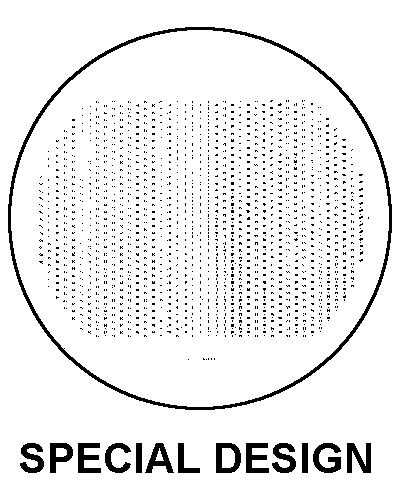1240015653974
Price Quote Get an up to date pricing and availability quote for this product. Order online or over the phone.
Quality Commitment
Serving our customers with quality and safety first.
- AS9120 Certified
- Audited supply chain
- ITAR Registered
- DDTC Registered
- HAZMAT Certified
- Customer service objectives
- Every product 100% inspected

1240-01-565-3974 Specification Set by the OEM (see RNCC code 3)
not provided
military applications
designed for day use, including dusk and dawn; submersible to 45m (135ft)
1click equals 10mm at 80 meters equals 13mm at 100 meters equals 1/2inch at 100 yards
not provided
adjustable
minute of angle (moa) 4; 1 moa equals 30mm at 100 meters equals 1 inch at 100 yards
lens
30.0 mm
fixed
1.0x
130.0 mm
provided
special design
aimpoint COMPML3 4moa
gun sight
advanced circuit efficiency technology (acet) ; passive red dot collimator reflex sight; eye RELIEF-Unlimited; optical anti reflex coating; 1 3v lithium battery; mechanical switch dot BRIGHTNESS-10 SETTINGS-Off; 9 daylight of which one is extra bright
selected for law enforcement and military applications; also used by hunters and sport shooters
material lens COVERS-Thermoplastic elastomer, black, NON-Glare finish
Cross Reference Parts Part numbers that meet the specification outlined on this page and set by the OEM
Identification Item Identification Guide (IIG) and Item Name Code (INC)

Definition Definition of approved item name (AIN): "SIGHTUNIT"
A compact sighting device composed of an elbow or panoramic telescope, mount, and/or adapter, usually used for pointing a weapon for direct or indirect fire. It may be attached to, or used in conjunction with, a weapon, rocket launcher, or the like. Excludes sight, infinity and spotting instrument, optical.
1240-01-565-3974 Material Hazmat, Precious Metals, Criticality, Enviroment, and ESD
Indicates there is no data in the hmirs and the nsn is in a fsc not generally suspected of containing hazardous materials.
Item does not contain precious metal.
No known electrostatic discharge (esd) or electromagnetic interference (emi) sensitivity.
Represents items with no adp components
The item does not have a nuclear hardened feature or any other critical feature such as tolerance, fit restriction or application.
Identification Codes
HMIC: Hazardous Material Indicator Code. A one position code that identifies a hazardous item.
PMIC: Precious Metal Indicator Code. A one position code which identifies items that have precious metals as part of their content. precious metals are those metals generally considered to be uncommon, highly valuable, and relatively superior in certain properties such as resistance to corrosion and electrical conductivity.
ESD: Electrostatic Discharge. Indicates if an item is susceptible to electrostatic discharge or electromagnetic interference damage. electrostatic discharge damage occurs when an accumulation of static electricity generated by the relative motion or separation of materials is released to another item by direct contact. electromagnetic interference damage occurs when an item comes into proximity with an electrostatic or magnetic field.
ENAC: Enviromental Attribute Code. Identifies items with environmentally preferred characteristics.
CRITL: Criticality Indicator Code. Indicates an item is technically critical by tolerance, fit, application, nuclear hardness properties, or other characteristics.






